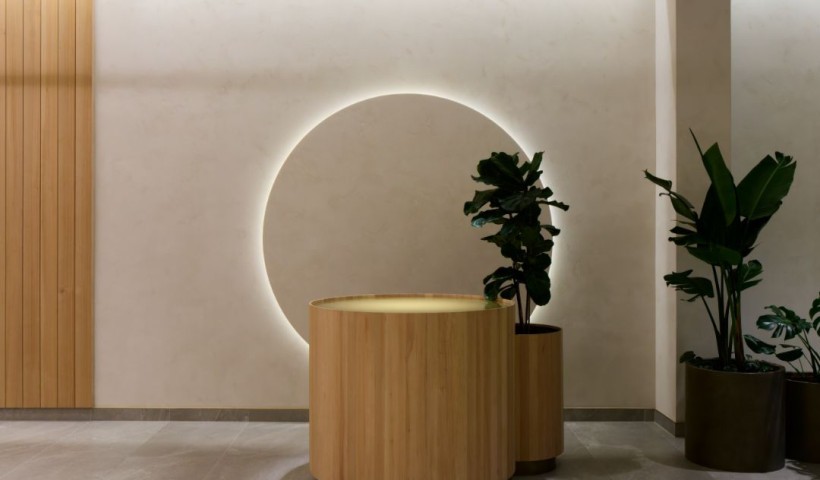
As the designer or architect of public spaces such as educational institutions, aged care facilities, medical centres, or hospitals, acceptable Solution D1/AS1 of the New Zealand Building Code states that adequate slip resistance is required on all public access routes, including access into and within buildings.
One of the strictest surface requirements are those involved in the design of hospitals so this can be set as a high benchmark. The same or similar rules on slip-resistant surfaces can be applied to any space used by the public. Flooring should be anti-slip, have a high resistance to the wear of foot traffic and equipment, ideally be stain and scratch-resistant, easy-to-clean, and non-flammable.
Avoiding personal injury claims
To prevent floor slips and personal injury claims, employers, architects, and managers involved in the decisions of flooring are required to source suitable, fit-for-purpose products that are accompanied by technical specifications detailing slip resistance.
The principal objective for D1: Access routes in our New Zealand Building Code is to safeguard people from injury during movement into, within, and out of buildings. The specific clause relevant to slip resistance in D1 is 1.3.3(d) and relates to access routes having adequate slip resistance walking surfaces under all conditions of normal use.
Most Porcelain tile meets slip standards for safety-compliant spaces. Aside from meeting such requirements, tile is a durable, strong surface, and the most eco-friendly flooring choice available being VOC-free (unlike some other flooring surfaces that contain harmful contaminants such as petroleum).
Slip tests explained:
The 'R' Rating (Ramp test) — A floor test is conducted on a ramp set at varying inclined angles, the ramp testing providing different results as the ramp gets steeper; the steeper the ramp can be raised without heel slip then the better (higher) the Ramp Test/'R' Rating results range from R9 or least Floor Slip Resistance [Not R1] to R13, the most Slip Resistance.
Indicative SRV Range:
- R9: <34°
- R10: 34° – 44°
- R11: 45° – 54°
- R12: >54°
The Coefficient of Friction (CoF) — gives true slip testing figures. The Floor Slip Test Coefficient of Friction is determined using a Pendulum Test, usually carried out by independent bodies in NZ.
When the slope increases, there is a requirement for an increased coefficient of friction (COF) test result. For example, using the table attached (image gallery above) a surface of a slope of 8% would require a COF of 0.5.
View the expansive Tile Warehouse range
To fully understand these tests and how they relate to your project, View or Download Tile Warehouse's comprehensive brochure on SLIP-RESISTANT surfaces or speak with one of their Commercial Representatives for guidance.













 Case Studies
Case Studies








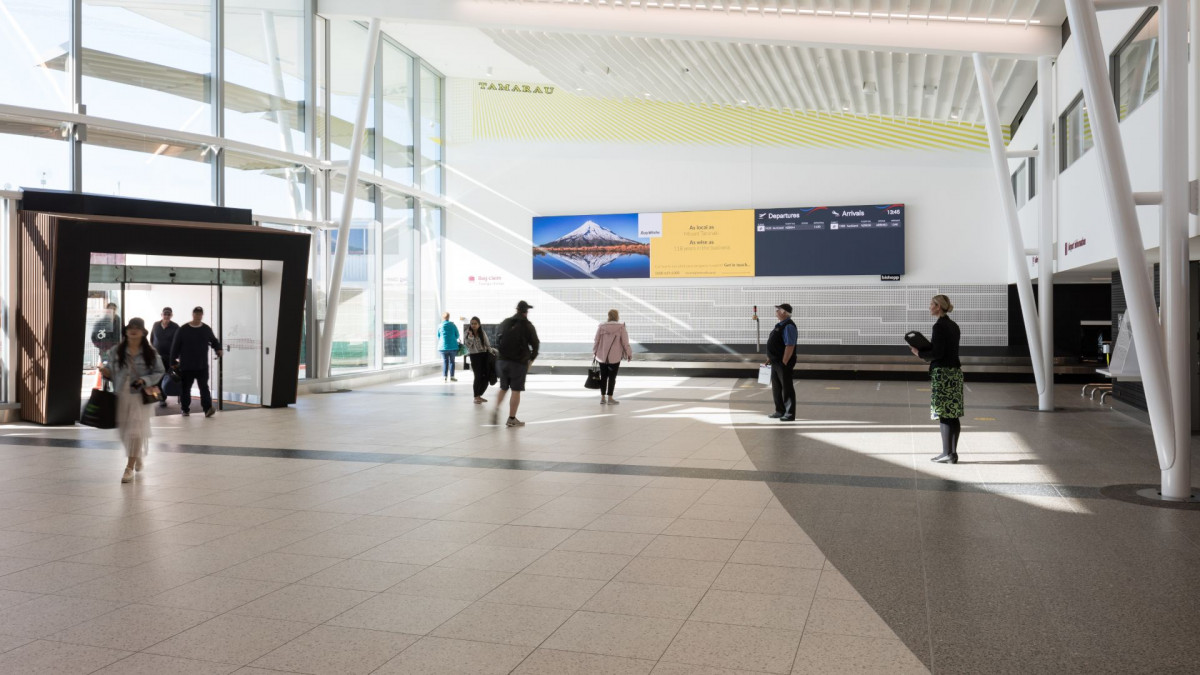
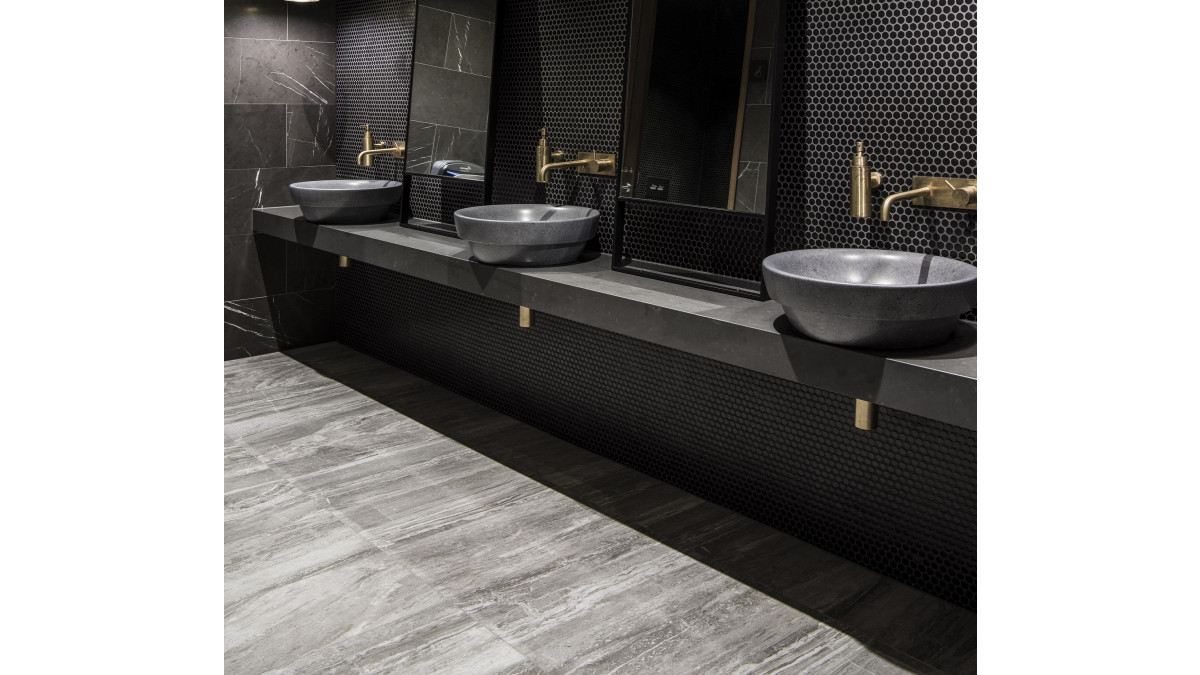

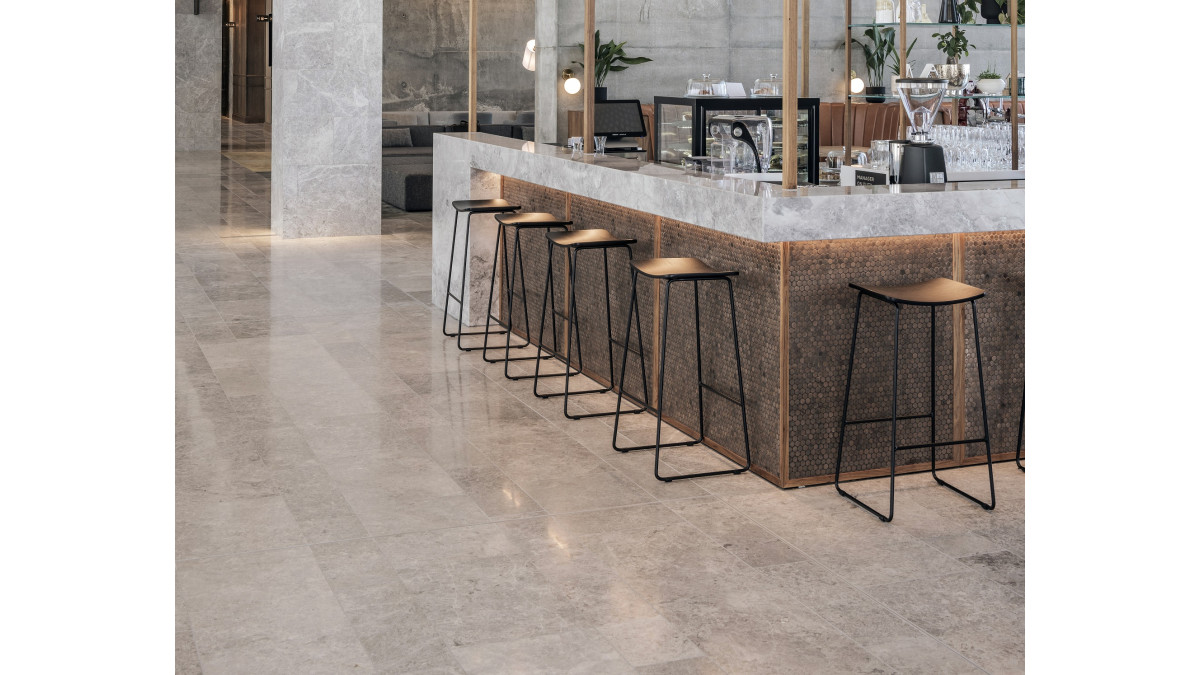



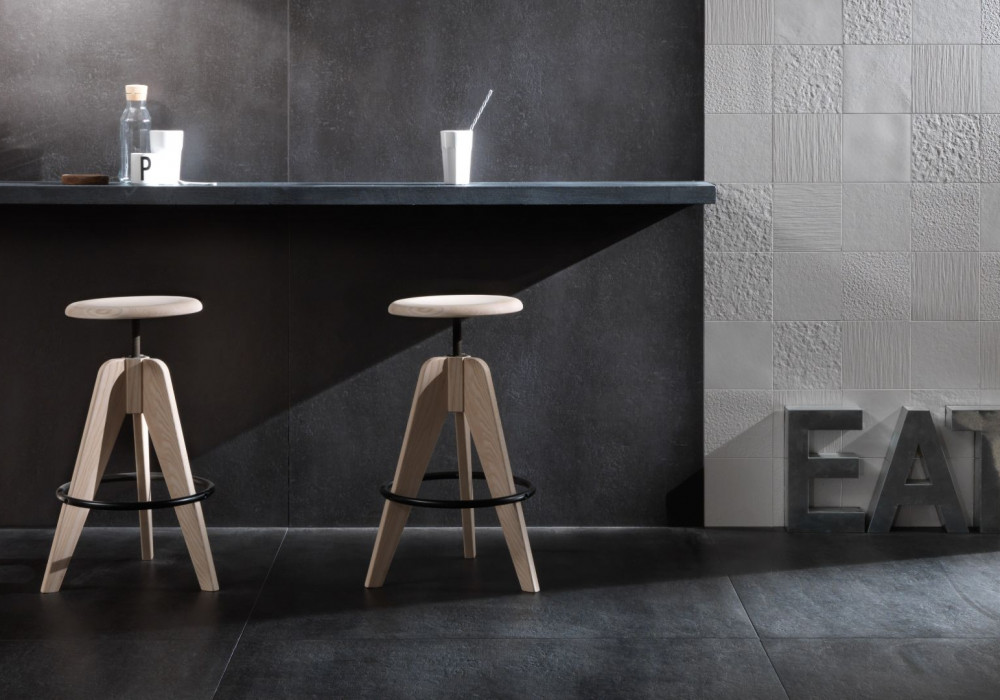
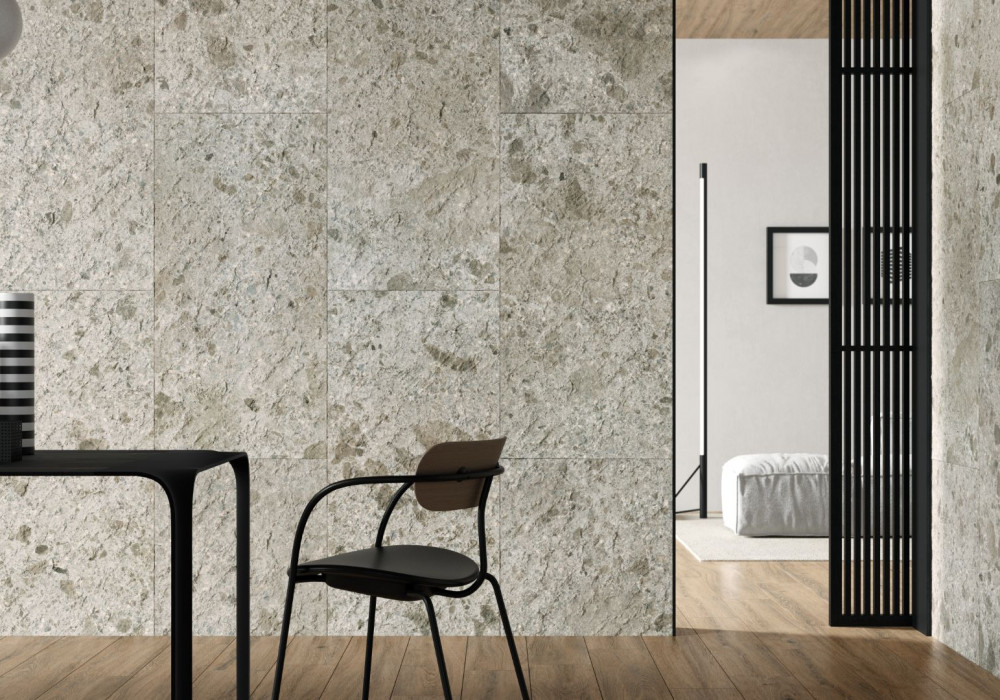

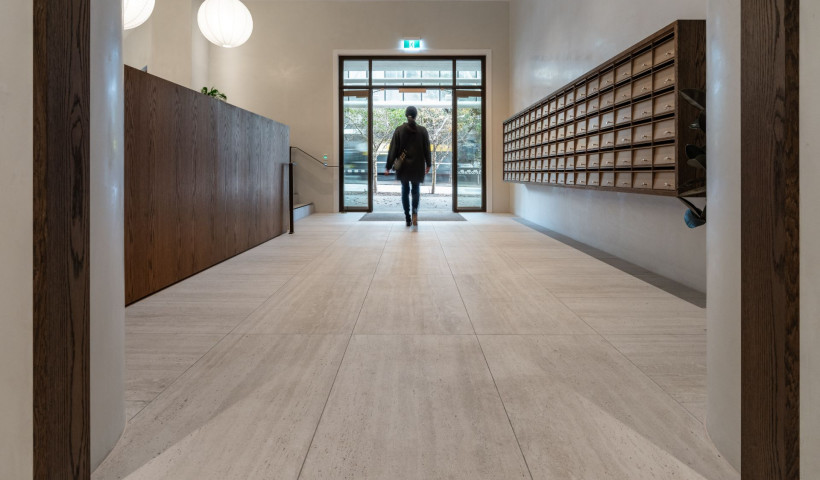
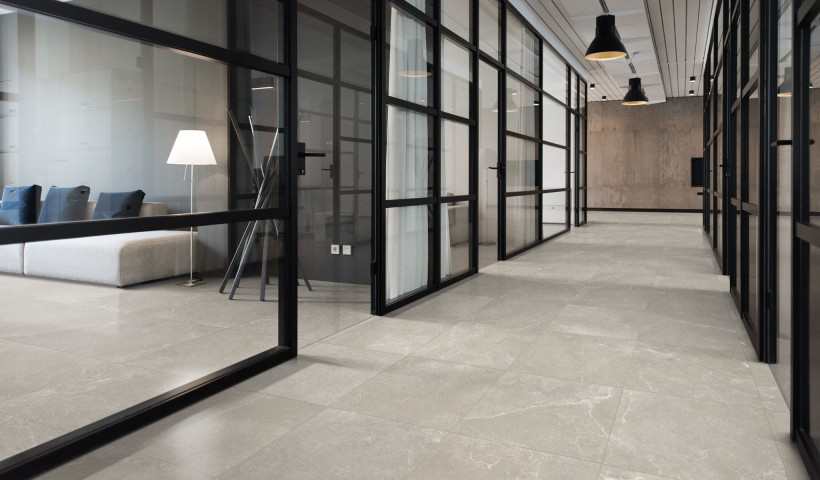
 Popular Products from Tile Warehouse
Popular Products from Tile Warehouse


 Most Popular
Most Popular


 Popular Blog Posts
Popular Blog Posts